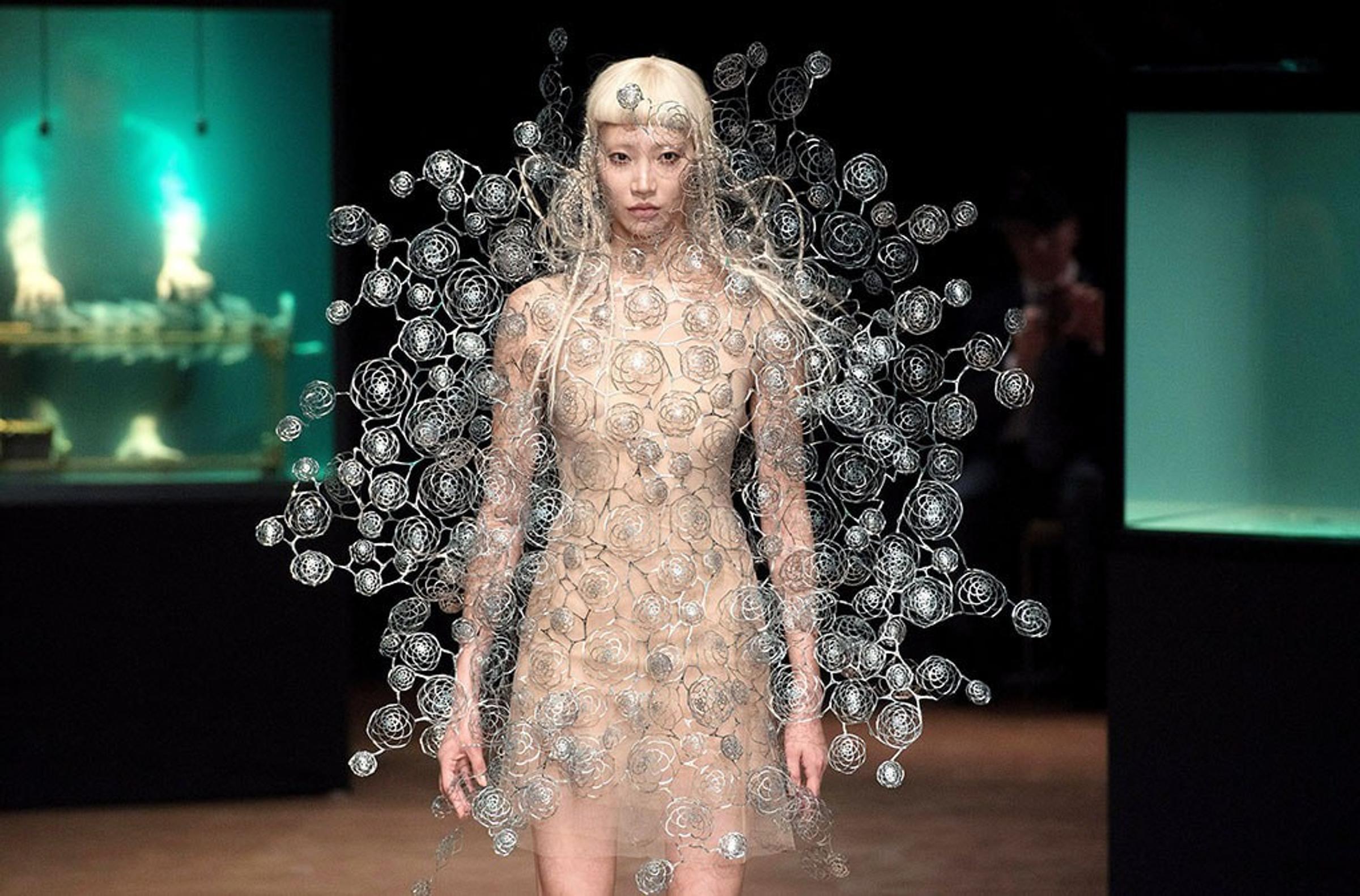
Fashion Design
Career Focus
Fashion designers plan and develop new clothing and accessory styles by creating original designs or by adapting fashions to suit local conditions and trends. They fabricate sample garments based on these designs.
Fashion designers:
Consult with clients and stakeholders to determine the objectives of the design brief and to negotiate design solutions
Illustrate concepts by producing storyboard and specification drawings
Use computers to manipulate and develop patterns and modify designs
Research and develop fabrics and accessories for production of garments
Make patterns or work closely with patternmakers to draft patterns from sketches or specification drawings
Select fabric, colour and trim, and undertake cutting and machining of sample garments
Fit samples and discuss them with management, sales and manufacturing staff
Contribute to costing estimates
Finalise specification sheets with detailed sketches and trim details
Approve final samples before they go into production
Liaise with production staff during mass production of garments and participate in quality control
Maintain an awareness of current global and local fashion trends
Control merchandising and retailing of garments.
Education and Training
To become a fashion designer, you usually have to complete a VET qualification. Bachelor Degrees in fashion design or fashion and textiles are also available. To get into the bachelor degrees, you usually need to gain your VCE with English. Applicants may be required to attend an interview and/or submit a folio of their work. As subjects and prerequisites can vary between institutions, you should contact your chosen institution for further information.
Employment Opportunities
Fashion designers work for manufacturing houses, small businesses or retailers. They may design ready-to-wear clothing or one-off garments to be sold to retailers or directly to the public. They tend to specialise in one area, such as menswear, children’s wear, knitwear or lingerie. In addition, opportunities exist for specialist work in an established business as a designer, cutter, patternmaker/grader, sample machinist, general machinist or subcontractor.
Fashion designers may also become trainers in the industry. The fashion industry is highly competitive and success depends on talent and determination. Vacancies are extremely limited for trainees wanting to work their way up to fashion designing. Some employers promote employees who have gained practical experience in the industry. A limited number of vacancies for qualified and experienced designers exist in both large fashion companies and smaller clothing manufacturing firms. Most vacancies occur in large capital cities, especially Sydney and Melbourne. Some opportunities exist for talented and experienced designers to establish their own businesses or work on a freelance basis.
